When it comes to developing a sequel, it’s important you’re ticking all the right boxes. You need a good reason to justify its existence; a decent story, or a fulfilling continuation of events set up in the previous title. It can’t just be a weaker rehash of the original. And in the case of God of War, one of the most beloved PlayStation franchises going at the moment, bigger is always better.
God of War Ragnarok is certainly a deserved sequel. It’s much more expansive, a lot deeper, and addresses many complaints about the original. When I reviewed the 2018 game earlier this year when it launched on PC – my first playthrough of the game – I enjoyed it but couldn’t quite get on board with it as a cult classic. But Ragnarok has completely turned that around.
Ragnarok picks up the story with Kratos and Atreus a few years after the previous game. After the conclusion of their personal quest in the previous game, Atreus sets out to uncover knowledge about his role as “Loki” and the role he plays in the oncoming Ragnarok. Their quest brings them into contact with Odin and the other Norse gods that reside in Asgard.
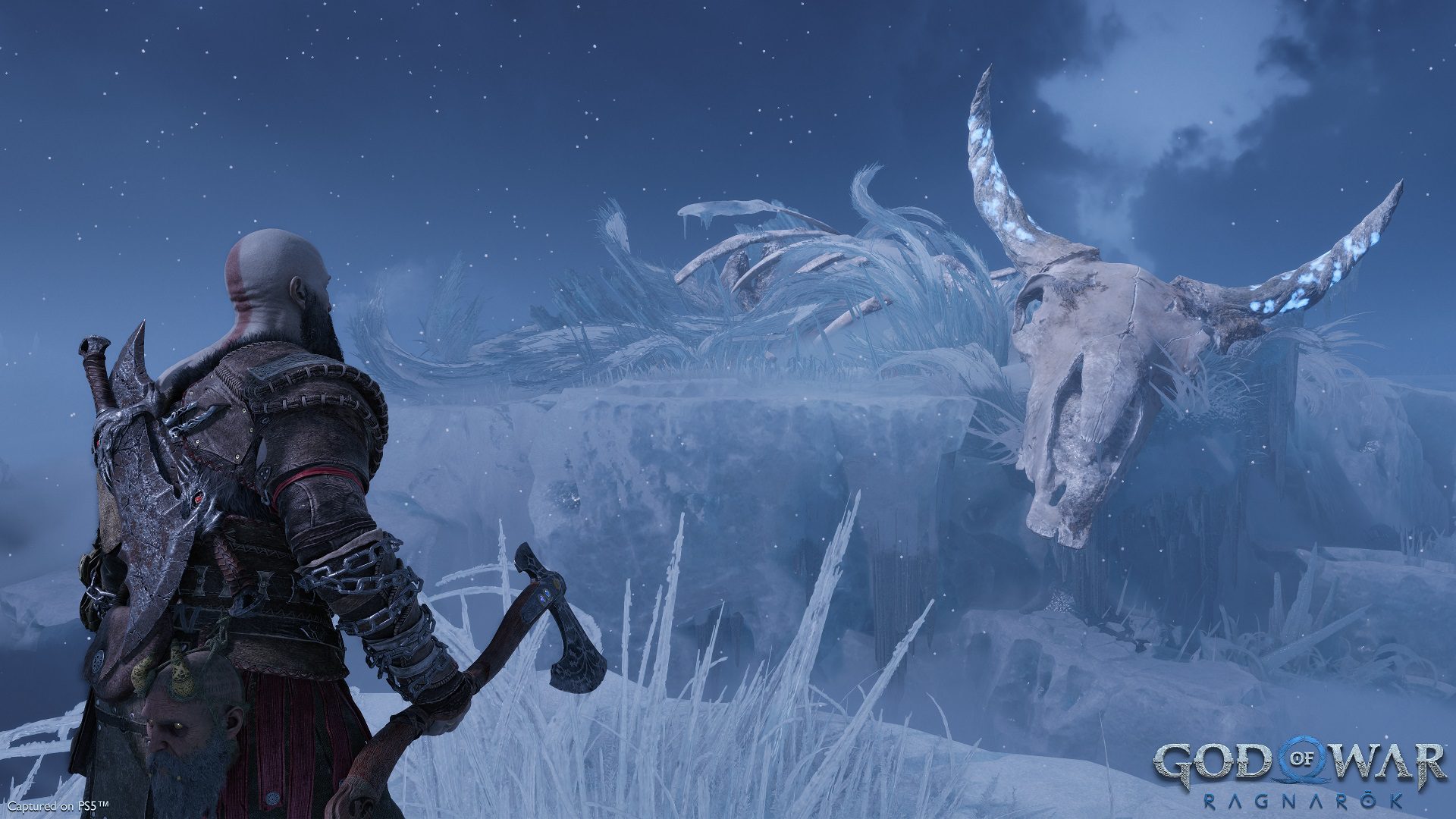


One huge step up Ragnarok makes from the previous game is its inclusion of all nine realms. In the 2018 game, there were certain realms off-bounds to the player and weren’t included. For Norse mythology buffs, it was a bummer you couldn’t head to iconic locations such as Vanaheim or Asgard. I mean, you can’t really do a game based on Norse myths without sending our characters there.
With this game, everything is bigger, and the inclusion and expansion of the Nine Realms is proof of that. The worlds are much larger, hiding secret quests and hidden treasures in hard-to-find locations. While the game still retains that linear feel of keeping you on a beaten path, there are plenty of opportunities to sidetrack yourself and become distracted by a side quest or special collectible.
Santa Monica Studio also went all-out to design these Nine Realms to make them as distinct as possible. Now that each world is mandatory to visit at least once in the main story, it was crucial to ensure the portrayal of each realm ties in well with the narrative of the main characters’ journey. Since Muspelheim or Niflheim are no longer optional, and therefore missable, content, they don’t feel like afterthoughts in the grand scheme of things.


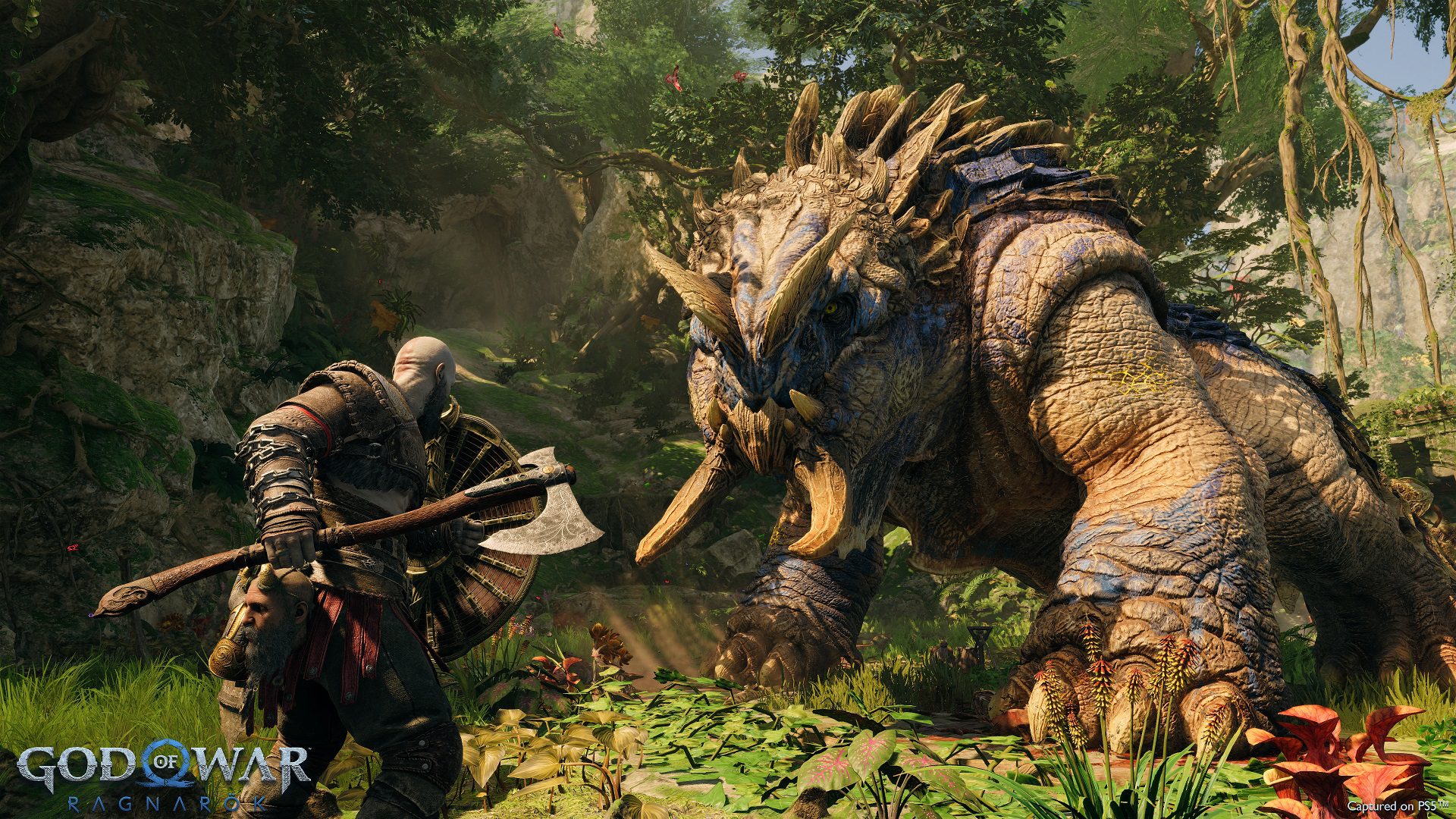
Now let’s discuss combat – a key selling point of the God of War series. For the most part, fighting is similar to as it appeared before. You’ve got the Leviathan Axe, the Blades of Chaos, and the Guardian Shield – along with some new toys I can’t discuss for spoiler reasons – and they’re utilised in a way that gives the combat a “rock, paper, scissors” appeal to it. Every playstyle you choose, there’s a counter that you need to adapt to. It’s fast-paced, hectic, and will require you to think fast and react accordingly. The flow feels much quicker than in the previous game.
Another huge issue I had with God of War 2018 was its lack of variety in enemy design. It felt like you spent a lot of time fighting the same waves of Draugr enemies, with every other boss battle being the same variation of giant ogre or troll. After a while, I was left rolling my eyes at how many more of these guys I had to keep killing.
Whereas throughout my 30-hour run of God of War Ragnarok, I might have fought these guys two or three times. Each boss is now more or less unique, with the realm they appear in determining their aesthetic and combat style. Old school fans of the series may also enjoy the scaled-up size of some of these bosses, offering a new challenge in trying to evade their massive attacks.


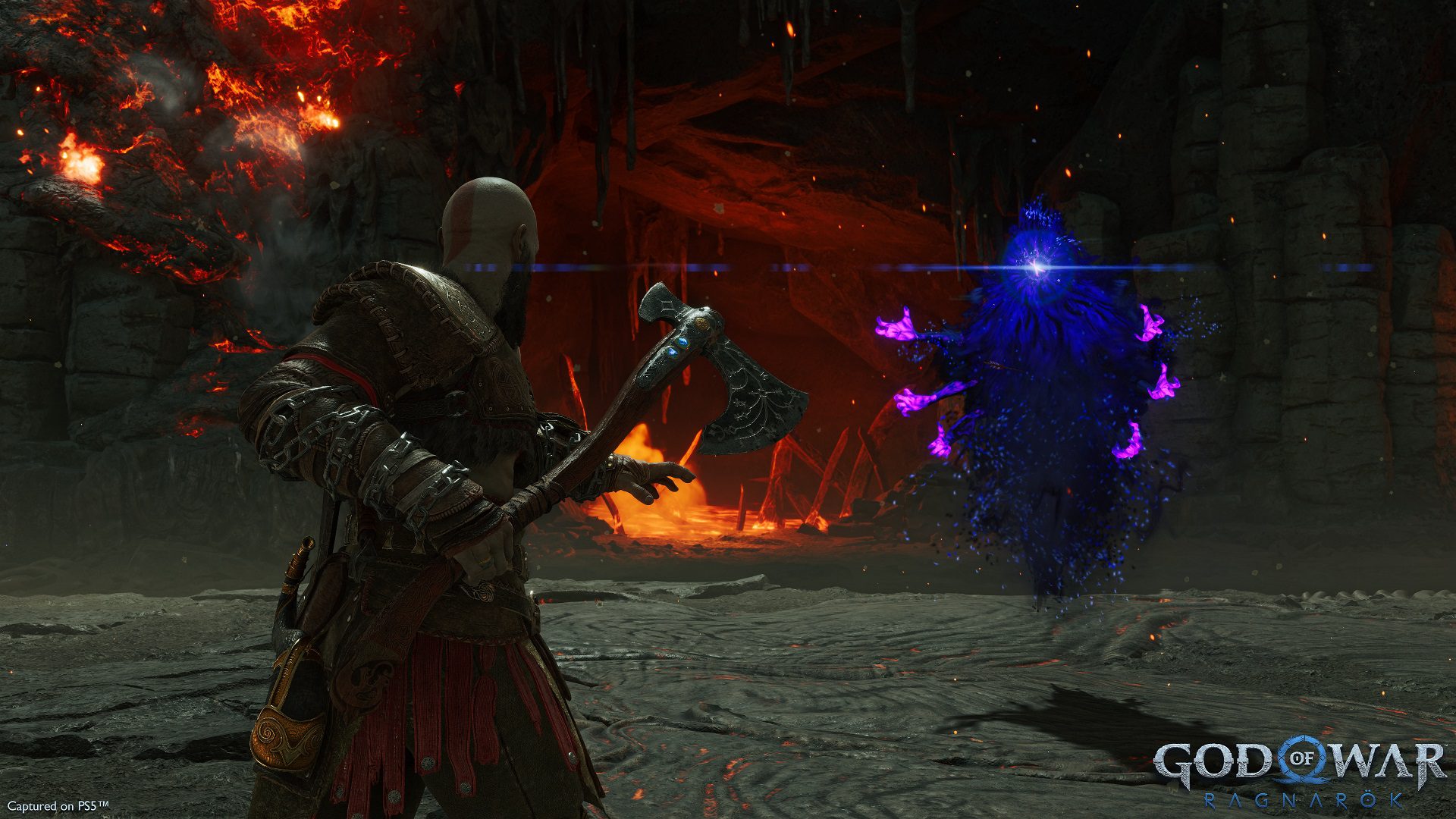
On the other hand, it was disappointing to see that 2018’s confusing loot and equipment system hadn’t undergone any major changes. Throughout my adventures in the Nine Realms, I was constantly picking up multiples of different upgrade materials and weapon modifiers. In the end, these just became nothing more than digital paperweights as the presentation of the inventory screen was still just as confusing as in the first game.
God of War Ragnarok is, for better or worse, a game that will appeal to both newcomers who came to the series with the 2018 soft reboot and those who have enjoyed the series since its original debut on PlayStation 2. While the story is largely self-contained, or intended as a continuation of the previous title, there are plenty of references and links to the original series that eagle-eyed fans will enjoy spotting.
And the expanded story and world allows room for all the characters to grow, not just Kratos and Atreus. Side characters like Mimir, Freya, Brok and Sindri; as well as a whole host of new characters introduced in this sequel, are given an equal amount of time to develop. It’s quite refreshing to see the game take these little moments to focus on a minor character, something that can only be accomplished by a longer runtime. This does come with the minor caveat of there being some pacing issues in the second half of the game, particularly in its final act.


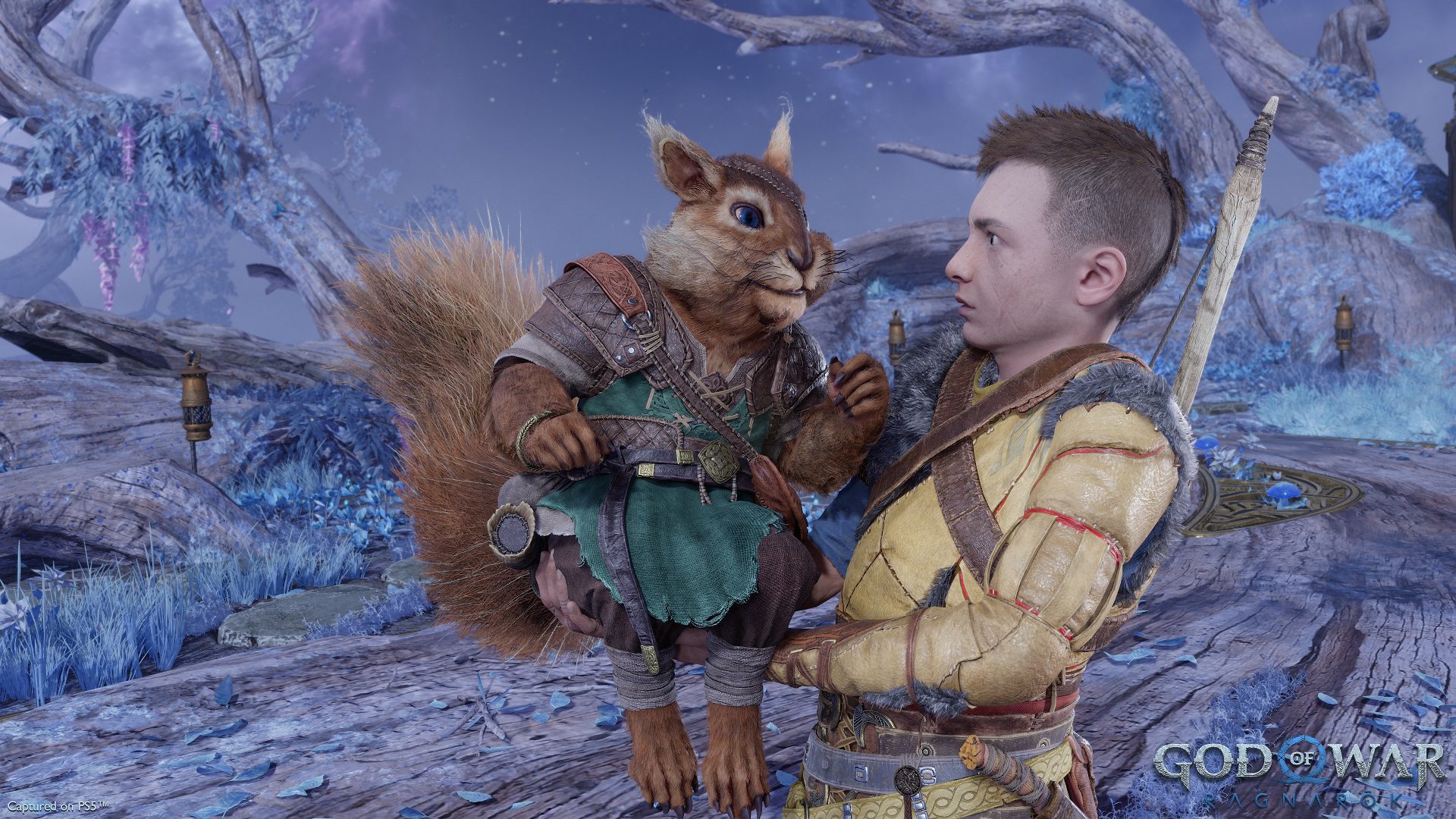
Making the story accessible to newer fans is an important aspect of why God of War Ragnarok works so well as a sequel. It’s not something that requires lots of homework to catch up on, and there’s even a recap available to watch at the beginning for those who quickly need a refresher on the events of the previous game. But aside from that, the game is also incredibly accessible from a gameplay standpoint.
This is something that Sony has focused on heavily in the last few years. The Last of Us Part 2 and Horizon Forbidden West both received heavy praise for the amount of accessibility options available, ranging from diverse difficulty levels to specific features that assisted players that have certain disabilities.
Ragnarok also boasts the same kinds of features here; subtitles have a huge amount of customisation, with you being able to adjust size, colour and background to make it easily readable. The game also features a high contrast mode that applies stark colours to different in-game objects and characters, as well as full controller remapping and audio cues for on-screen prompts. It all works incredibly well at giving players the tools they need to have a smooth and frustration-free experience. One of my favourite accessibility features was the ability to swipe up on the DualSense’s touchpad to re-orient the camera on the current goal. It came in handy for the few locations where I was unsure how to proceed.
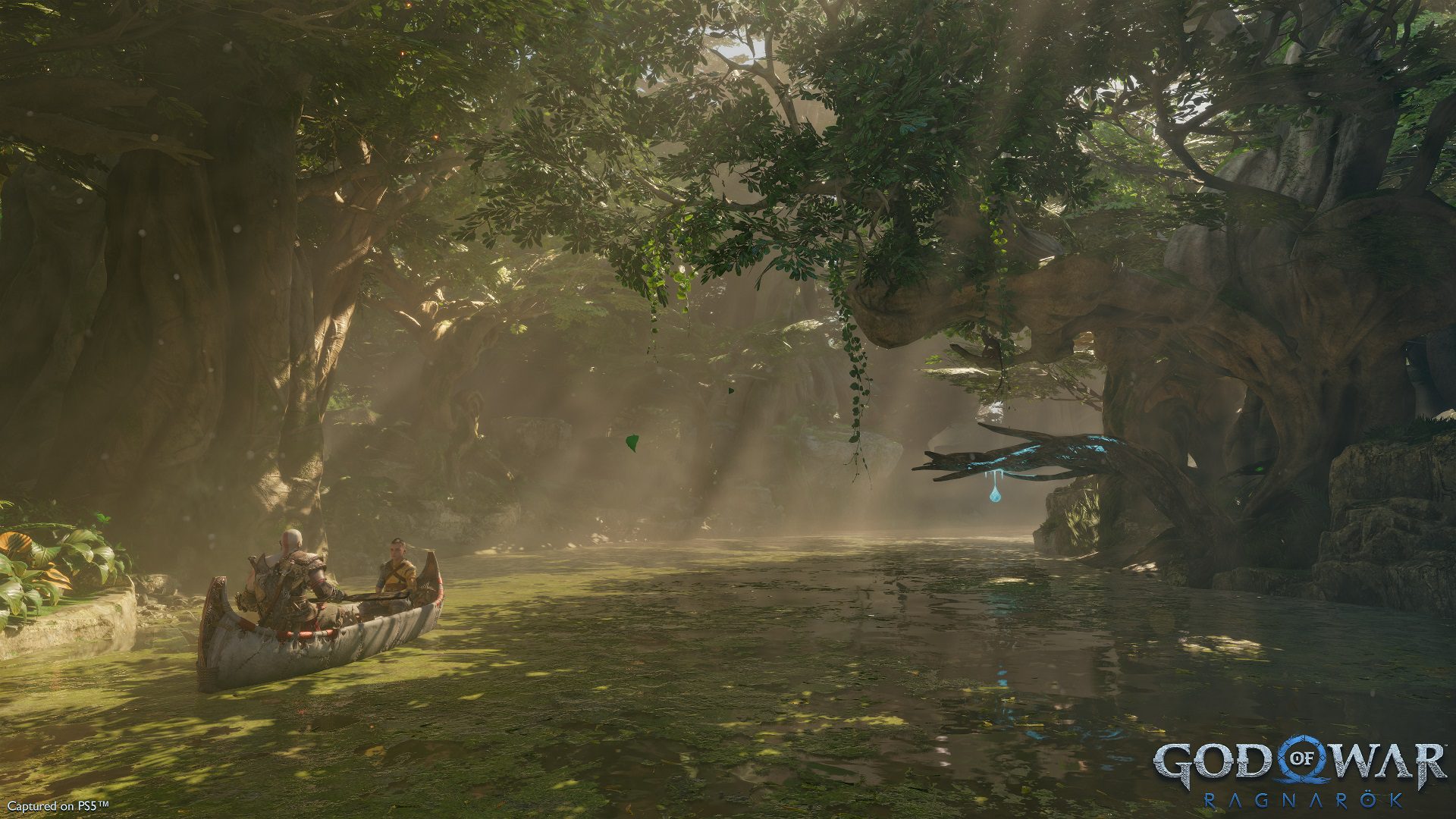


It’s safe to say I loved my time playing God of War Ragnarok. It addressed all of my complaints about the previous game, while also being a sequel that justified its existence. Christopher Judge and Sunny Suljic’s performances are seamless, and prove how capable they are as actors as they portray more mature versions of their characters. I wasn’t a huge God of War 2018 liker, but I’m already begging Sony for a sequel to Ragnarok.
There is a venn diagram for God of War 2018 fans where some liked the combat, others liked the story, and many enjoyed both. Ragnarok is everything you loved about the previous title, but amplified. The longer story and expanded worlds give way for characters to develop in meaningful ways, making the whole game feel very much like a sequel worthy of its predecessor.
For our God of War Ragnarok review, a PS5 code was supplied to GameByte by Sony PR.
Do you agree with our review? Let us know across our socials, like our Twitter or our Discord. Or check out our other latest reviews, like for Mario + Rabbids Sparks of Hope or The Last of Us Part 1.
Featured Image Credit: Sony
